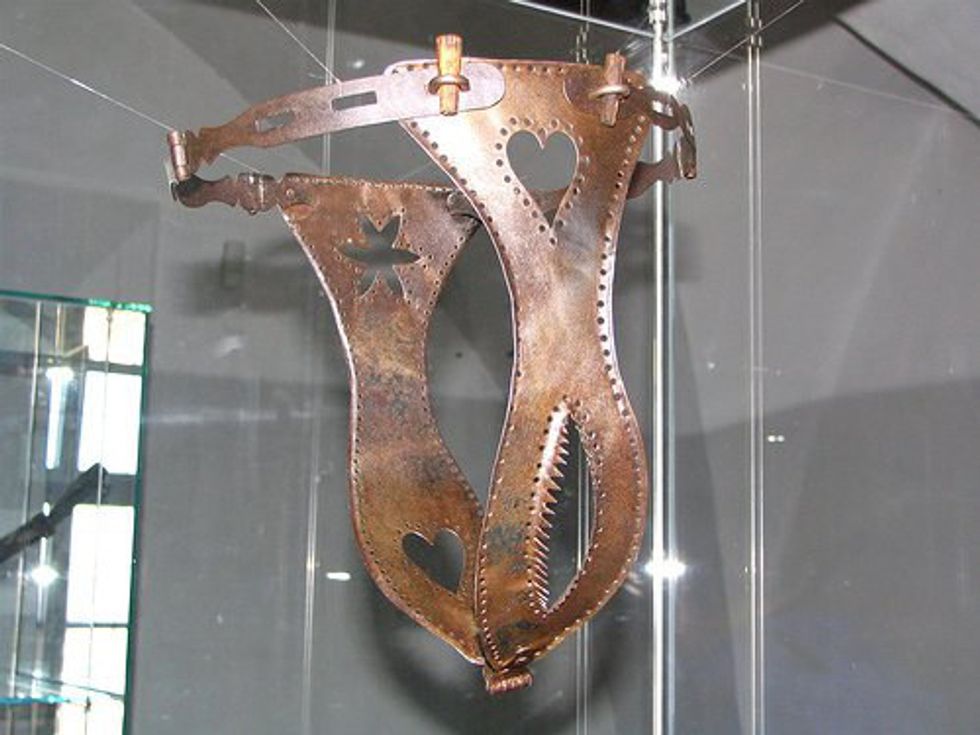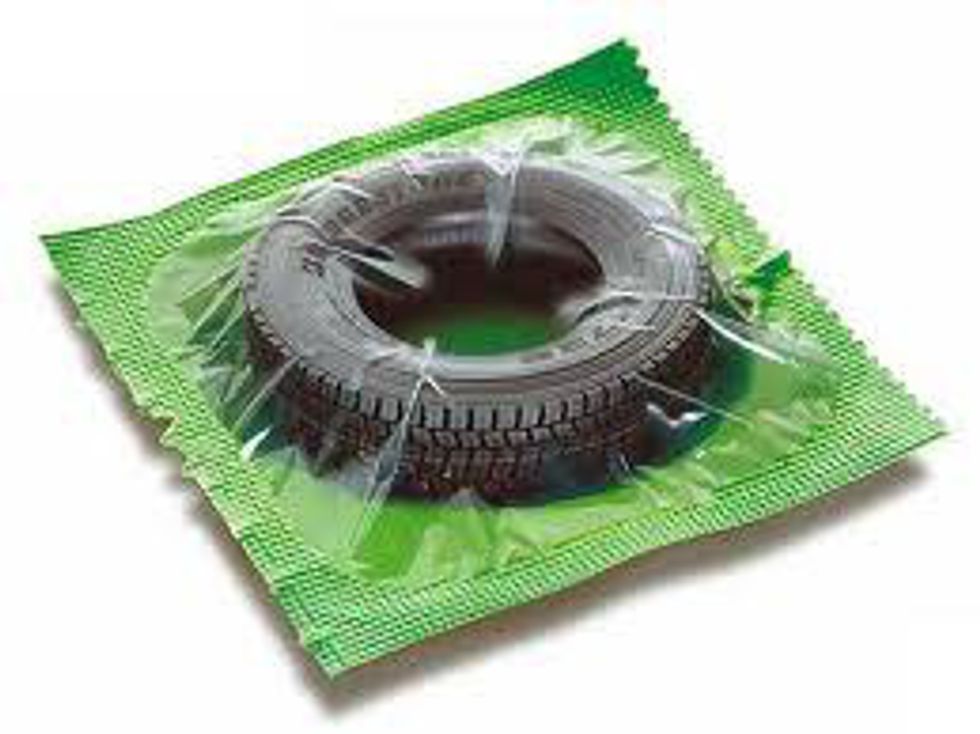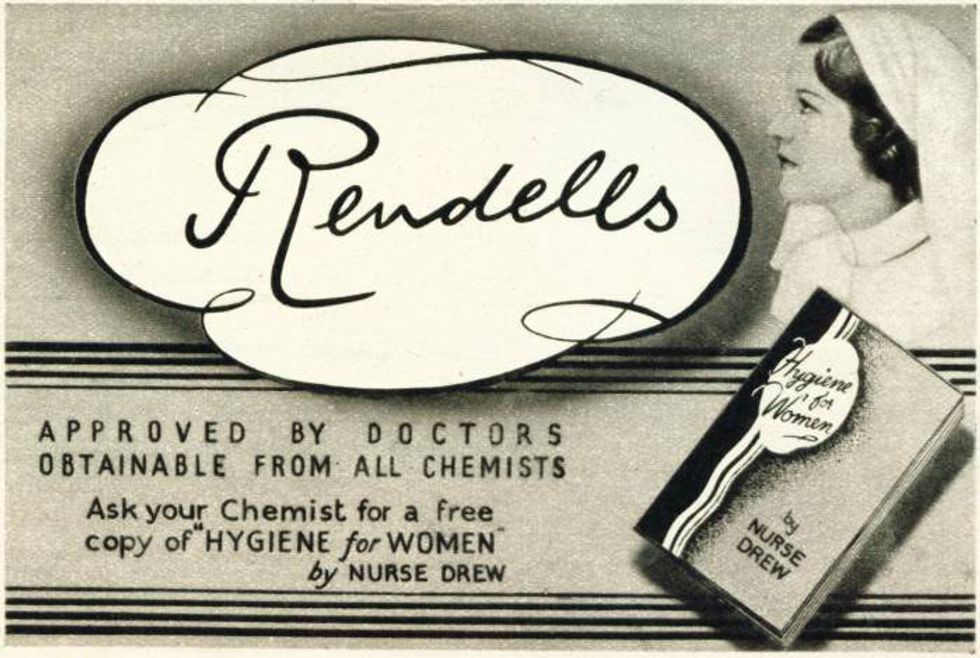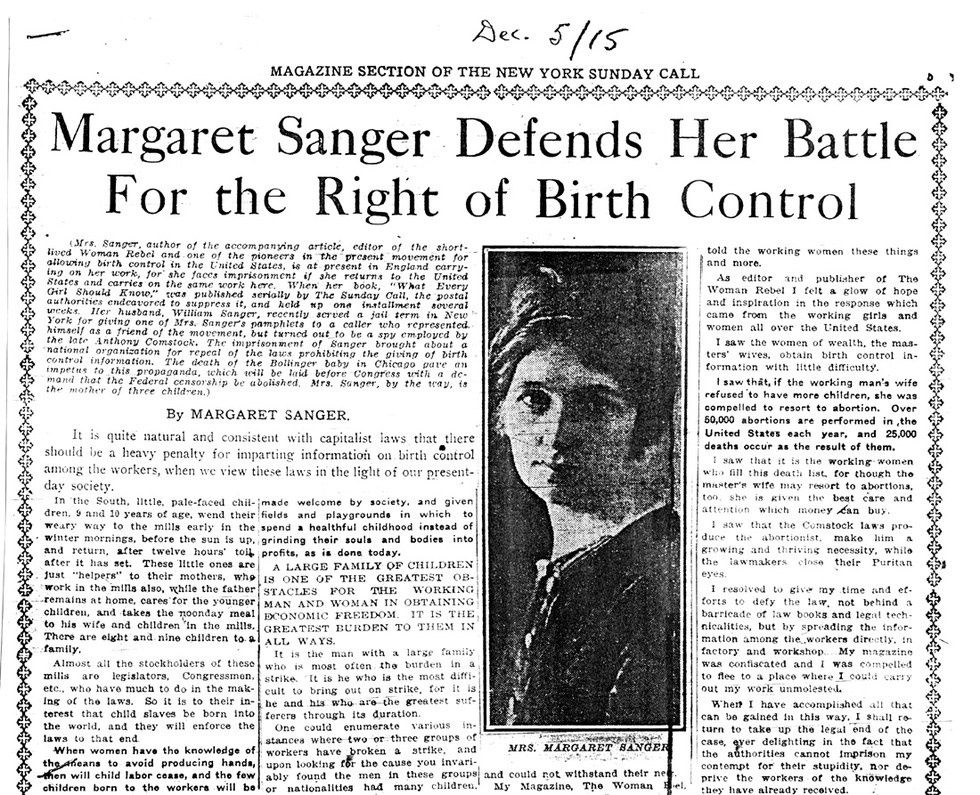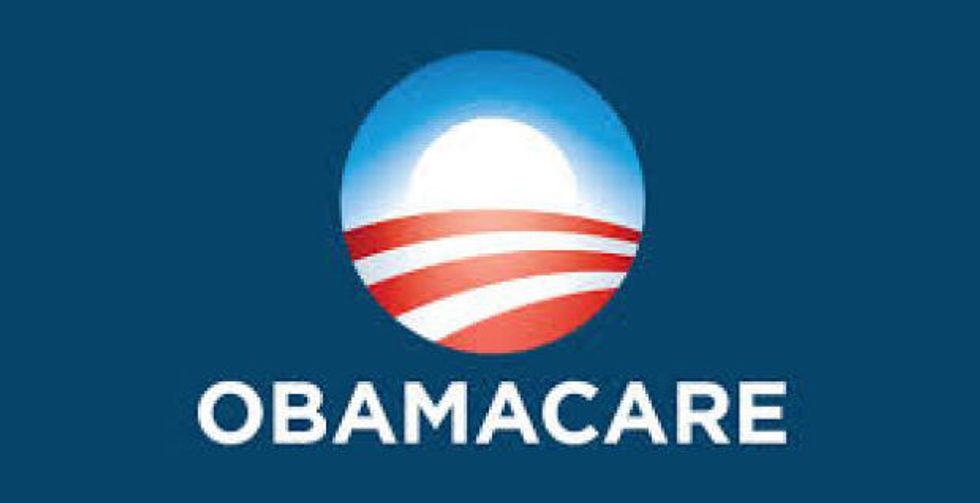Have you ever wondered where that pack of yellow pills came from? Or even where that latex “shield” got its start from? Well this article the answers to those many questions you’ve had over the years. Also if you've ever had a "chicken and the egg" moment, trying to determine which method is older, definitely don't skip over the time line.
3000 B.C.
Condoms were made out of fish bladders, linen sheaths, and even animal intestines.
1550 B.C.
Egyptian women would mix dates, crocodile dung, acacia and honey into a paste, soak the mixture into a wool ball, and use it as a pessary. (In case you didn't know, I know I didn't, a pessary is “device worn in the vagina” like a diaphragm.)
394-322 B.C.
Aristotle is the first person to attempt making a spermicide. He did this using natural chemicals such as cedar oil, lead ointment or even frankincense oil.
23-79 A.D.
The Roman writer, Pliny, is the first known advocate of abstinence as a form of birth control.
1400
Women start wearing chastity belts. They did this to remain “pure” as the belt prevented them physically from having sex.
1500
Condoms and spermicides are mixed for the first time. They soaked linen cloth sheaths in a chemical solution then let it dry before using.
1700
Casanova experimented with birth control and described this experience in his memoirs. These ranged from sheep-bladder condoms to using half a lemon as a cervical cap.
1832
A syringe given form of birth control that goes into the uterus after intercourse was the most popular method during this time. The mixtures used included salt, vinegar, zinc sulfide, liquid chloride or even aluminum potassium sulfide. (A little too painful if you ask me!)
1838
Condoms and diaphragms are made from vulcanized rubber developed by Goodyear.
1873
The Comstock Act is passed in the United States, banning information on and distribution of birth control. It also allowed the postal service to confiscate birth control sold via the mail.
1886
Rendell’s is the first commercially produced birth control suppository made from quinine and cacao-nut butter.
1916
Margaret Sanger opens the first birth control clinic in the United States. She would continue to persevere through many arrests and have to reopen the clinic multiple times.
1924
Scientists in Japan create the “Rhythm Method” of birth control, which is where you abstain from sex during a woman's fertile period.
1938
A judge lifted the federal ban on birth control. At the time, diaphragms (called womb veils) were the preferred method of birth control.
1960
The first oral contraceptive, Enovid, was approved by the FDA.
1965
The Supreme Court Case, Griswold vs. Connecticut, gave married couples the right to use birth control.
1968
The FDA approved of intrauterine devices (IUDs).
1970
The safety of oral contraceptives is challenged, causing the formula to be changed.
1972
The Supreme Court rules that refusing to sell birth control to unmarried women is unconstitutional in the case Eisenstadt v. Baird.
1998
Planned Parenthood wins a court case making it so insurance must cover contraceptive devices and drugs for all federal government employees.
2006
Emergency contraceptive (like Plan B pills) is approved for over-the-counter sale to individuals over the age of 18 years old.
2010
A study was performed on 46,000 women and was conducted for 40 years about women on oral contraceptives. This study concluded that women on the pill live longer and are less likely to die prematurely.
2013
The FDA removed the Plan B Emergency contraceptive age restrictions.
2014
ObamaCare made it so health insurance plans are required to cover all FDA approved contraceptives with zero copay.
A quick side note before you spread your knowledge to the world: I highly suggest reading about Margret Sanger. She is a personal role model of mine and lived a spectacular life. Enjoy!





